When you’re shopping for a new monitor or reading through specs of the latest gaming displays, chances are you’ll come across the term WQHD. It might look like just another jumble of letters, but it actually tells you a lot about what you’re getting. So, what is WQHD, and how is it different from QHD or 4K? Is it good for gaming, photo editing, or just day-to-day work? Let’s unpack everything.
What Does WQHD Mean?
WQHD stands for Wide Quad High Definition, and it refers to a display resolution of 2560 x 1440 pixels. It’s a step up from Full HD (1920 x 1080) and a little wider than the standard QHD because of that added “W” — wide.
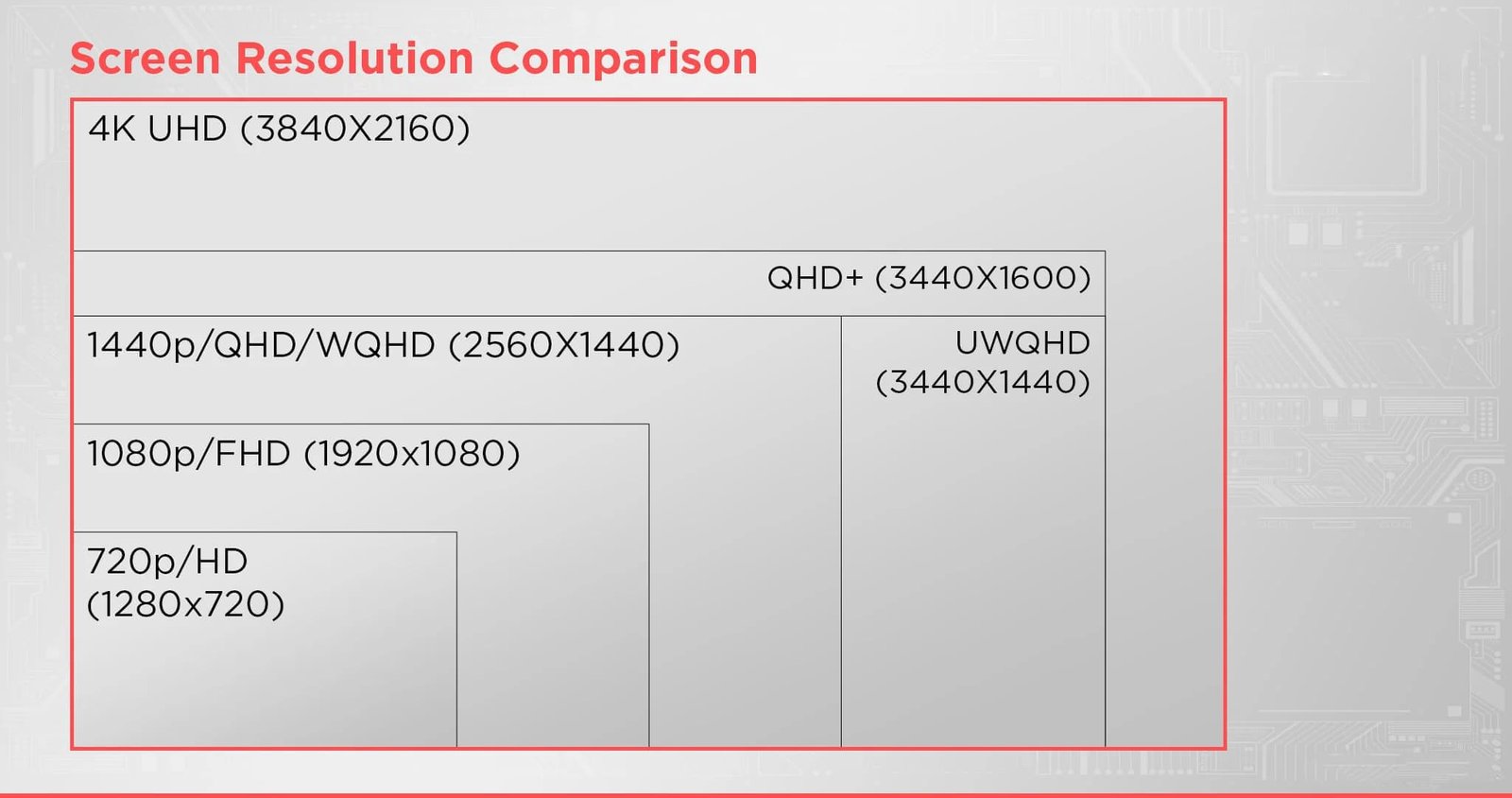
You’ll also hear people ask, “What is WQHD resolution?” or “What resolution is WQHD?” The answer is simple: 2560 horizontal pixels by 1440 vertical pixels. That’s about 78% more pixels than Full HD, and it makes a noticeable difference in sharpness, screen real estate, and detail.
If you’ve ever felt like Full HD just doesn’t cut it anymore, WQHD might be exactly what you need.
WQHD vs QHD: Are They the Same?
This can get a bit confusing. Technically, WQHD and QHD often refer to the same resolution — 2560 x 1440. The “W” is usually added to emphasize the wider screen ratio, especially on ultrawide monitors.
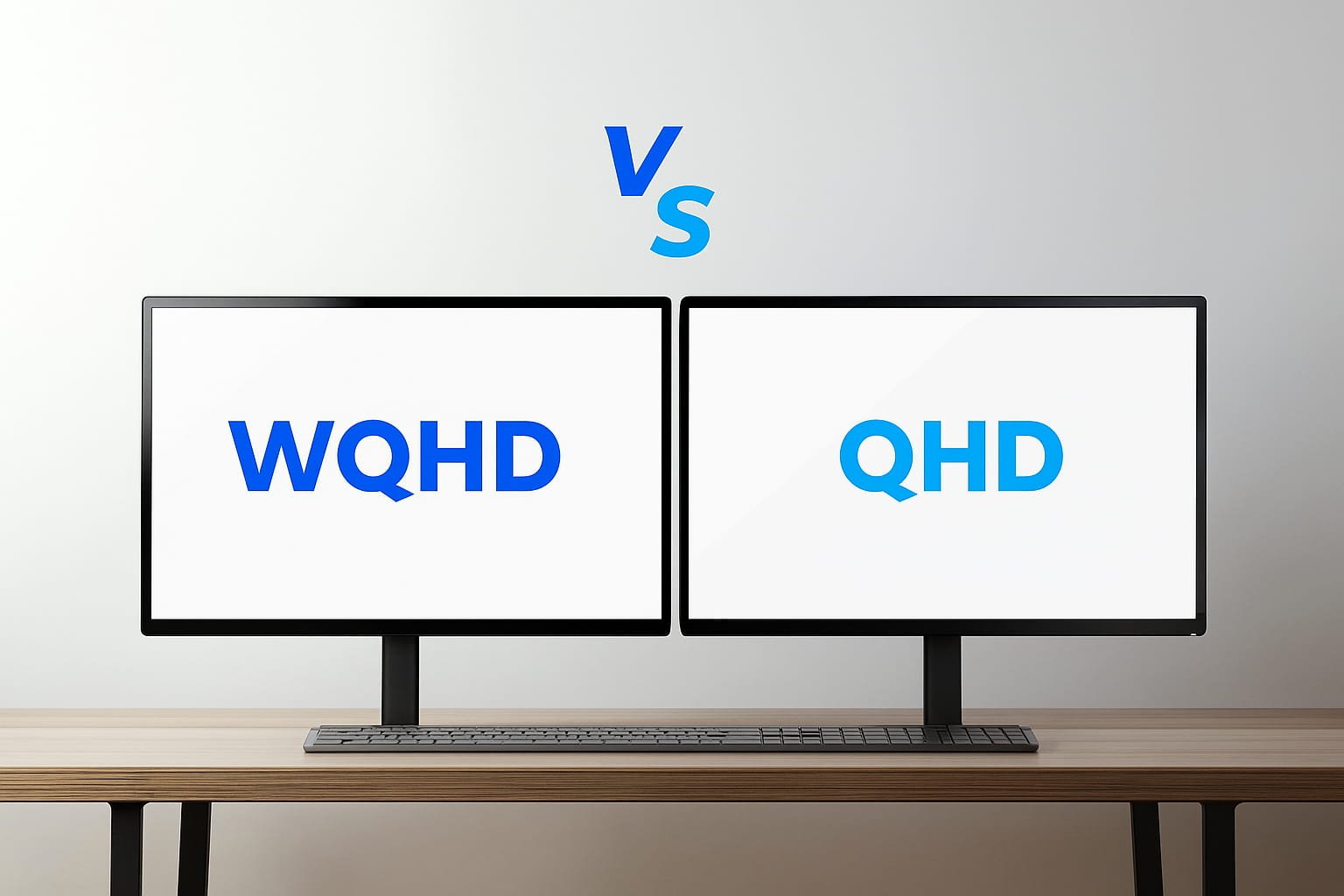
However, depending on the manufacturer, QHD might refer to a more square aspect ratio (like 4:3), while WQHD is designed for 16:9 or wider screens. So in most consumer tech discussions, QHD and WQHD are used interchangeably, but it’s always smart to double-check the specs.
If you’ve ever wondered “What’s the difference between QHD and WQHD?”, the safe answer is: in most cases, no difference in resolution, just slightly different naming depending on the aspect ratio.
WQHD vs 4K: How Big is the Jump?
Let’s get something clear — WQHD is not 4K. A 4K resolution typically means 3840 x 2160 pixels. That’s nearly twice the pixel count of WQHD.

So, is WQHD 4K? No, it’s not. But don’t dismiss it. WQHD hits a sweet spot — it offers better detail than 1080p, but it’s less demanding on your GPU than 4K. This makes it a great option for gamers who want smooth performance without sacrificing sharpness.
In fact, many mid- to high-tier gaming monitors sit right in the WQHD zone, like the MSI 27″ WQHD IPS NVIDIA G-Sync Gaming Monitor – 2560 x 1440, or the popular Acer Nitro 27″ WQHD 2560 x 1440 PC Gaming IPS Monitor.
WQHD vs FHD: Why You’ll Notice the Difference
If you’re currently using a Full HD monitor and switch to a WQHD monitor, the first thing you’ll probably say is: “Wow, everything looks so much sharper.” That’s because FHD (1920 x 1080) packs fewer pixels into the same space, which can leave images looking softer or less detailed — especially on screens 27 inches or larger.
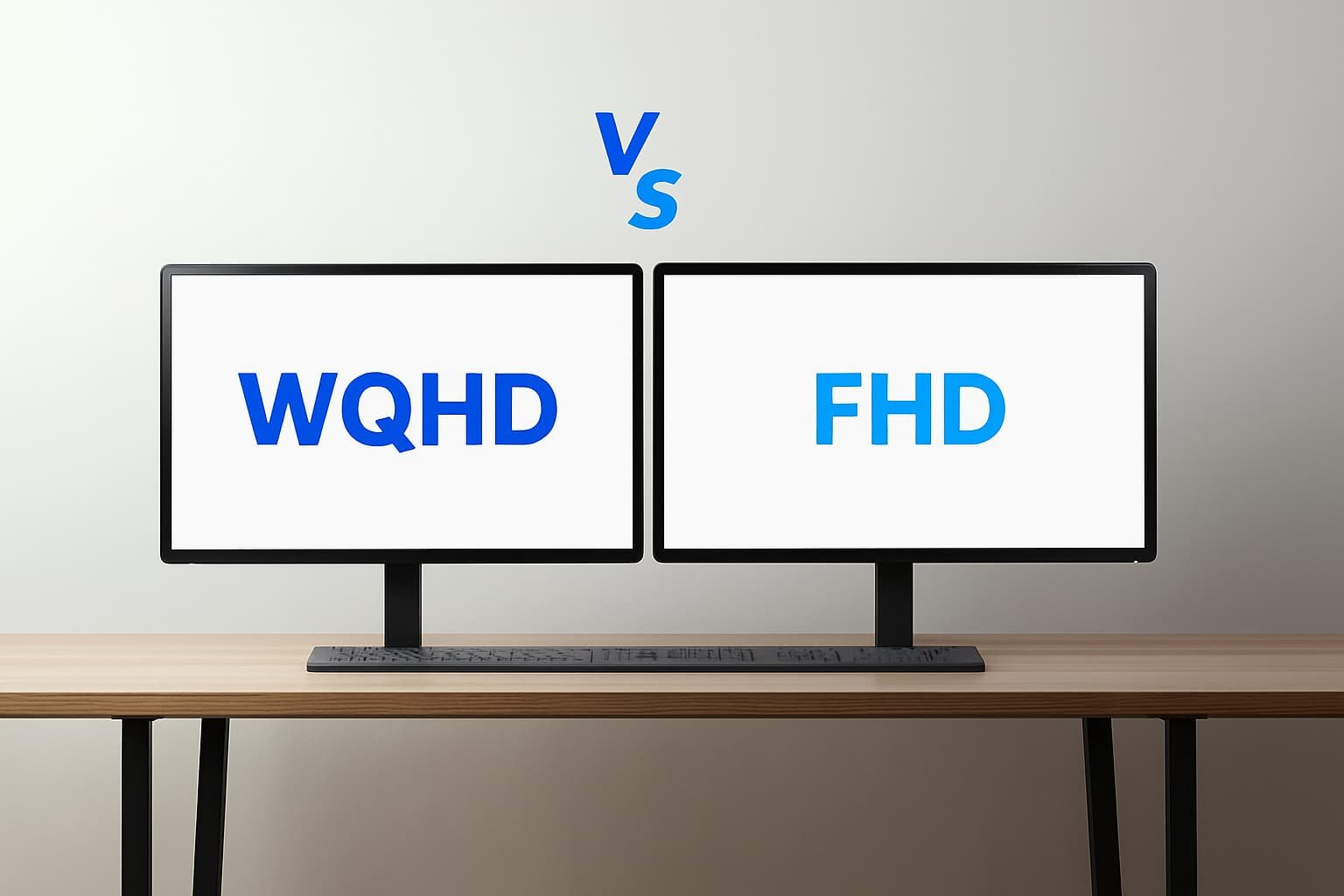
FHD vs WQHD is like going from DVD to Blu-ray — once you’ve seen the difference, it’s hard to go back.
Popular WQHD Monitors: Real-World Examples
To give you an idea of what this looks like in the real world, here are some well-known monitors using WQHD resolution:
- Samsung 34″ Odyssey G55T WQHD 165Hz 1ms HDR Curved Gaming Monitor – Built for immersive gaming with a sharp WQHD display and high refresh rate.
- LG 34″ Curved Ultrawide™ WQHD (3440 x 1440) – Ideal for creatives who need space to multitask or edit video timelines.
- Acer Nitro 31.5” WQHD Curved Gaming Monitor – A larger display for gamers who want clarity without going full 4K.
- ASUS ROG Swift PG27AQDM 26.5″ WQHD Gaming OLED Monitor – Combines OLED contrast with WQHD sharpness.
- Alienware AW2725DF OLED Gaming Monitor – At 360Hz and 0.03ms, this is a beast of a WQHD display for eSports and competitive players.
You’ll also see office-friendly models like the HP E34m G4 WQHD Curved USB-C Conferencing Monitor, or smart monitors like the LG 34″ Curved Ultrawide WQHD MyView which blends work and streaming in one screen.
Is WQHD Better Than QHD?
If you’ve seen both terms in specs and asked yourself, “Is WQHD better than QHD?” — the short answer is not necessarily better, just wider in name. But when compared to older HD displays, WQHD definitely delivers better sharpness and clarity.

And when it comes to ultra-wides, models like the Samsung 34″ ViewFinity S50GC Series Ultra-WQHD Monitor or the LG UltraGear 39 OLED Curved WQHD 240Hz show just how far WQHD can go when paired with modern design and refresh rates.
WQHD vs UHD: Where Does It Fit in the Resolution Hierarchy?
If you’ve been comparing screens, you’ve probably also seen UHD, or Ultra High Definition. It’s another name for 4K — 3840 x 2160 pixels. That means UHD has more pixels than WQHD, offering even sharper detail, especially on larger displays.
So if we’re asking “WQHD vs UHD — which is better?” the answer depends on your needs. UHD offers more resolution, but WQHD strikes a balance between sharp visuals and performance. In fact, many people find WQHD to be the sweet spot for gaming and productivity, because UHD can be taxing on your GPU without necessarily giving you noticeably better results on a 27″–34″ monitor.
UWQHD vs WQHD: What’s With All the Letters?
Here’s where things get a little more specific. UWQHD stands for Ultra-Wide Quad High Definition, and it usually refers to resolutions like 3440 x 1440. That’s still WQHD vertically, but even wider — perfect for 21:9 ultrawide monitors.
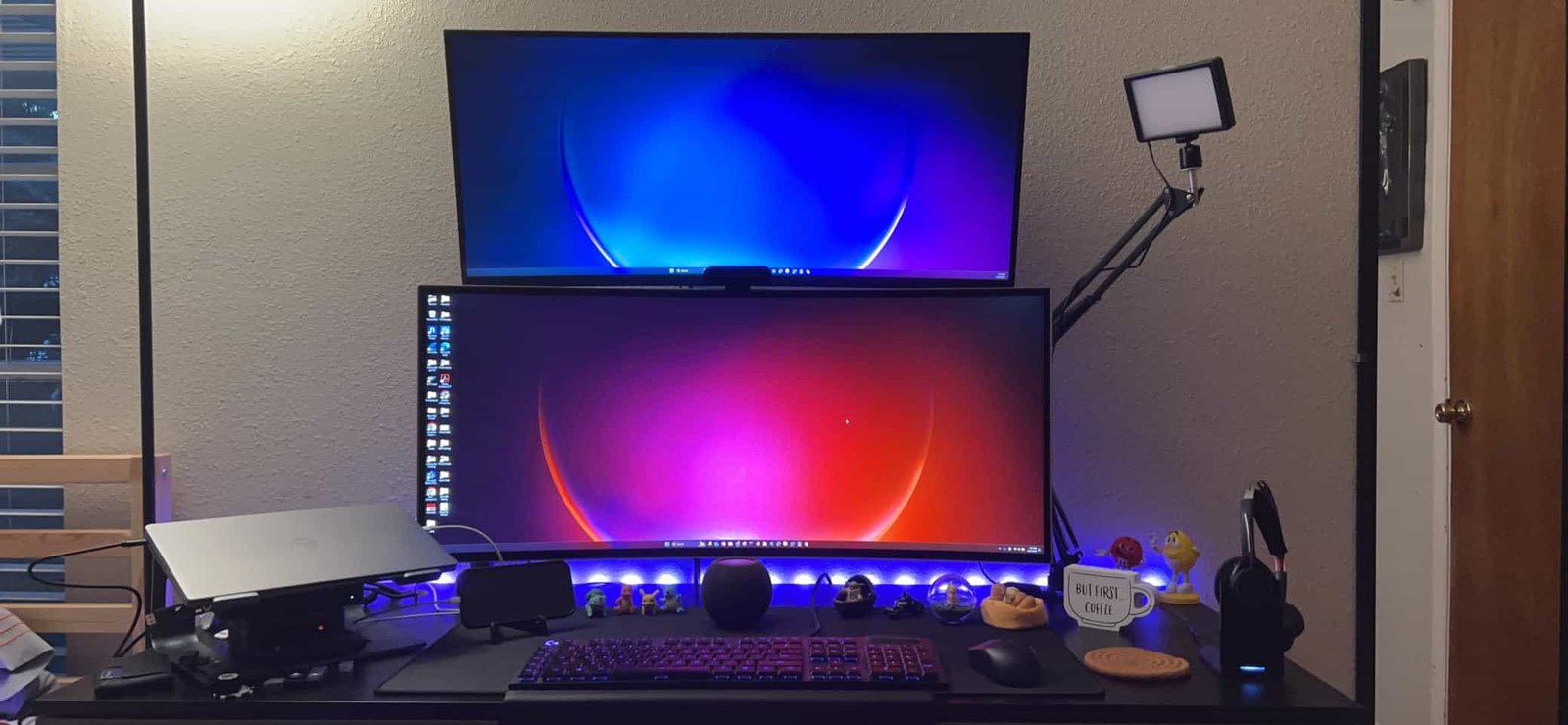
For example, if you’ve got a monitor like the LG 35″ Class Ultrawide Curved WQHD HDR10 Monitor or the Samsung 34″ Odyssey G55T WQHD 165Hz HDR Gaming Monitor, you’re in UWQHD territory.
UWQHD vs WQHD is less about better quality and more about screen width. UWQHD gives you more horizontal space, which is great for video timelines, spreadsheets, and immersive gaming — especially if you want to skip the dual-monitor setup.
WQHD vs OLED: Different Strengths
OLED isn’t a resolution — it’s a panel technology. OLED screens (like the Alienware AW2725DF WQHD 360Hz or LG UltraGear 39 OLED Curved WQHD) are known for their deep blacks, rich contrast, and fast response times.
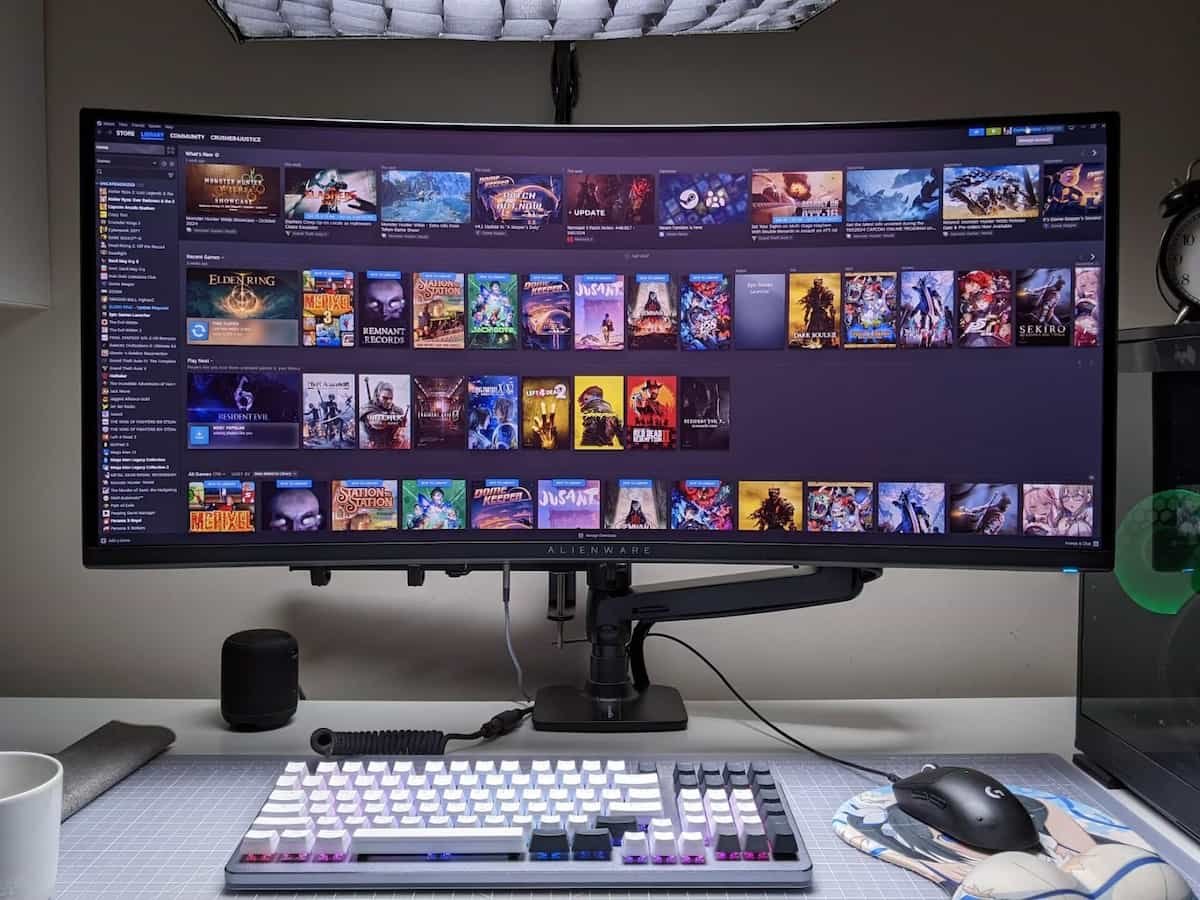
When comparing WQHD vs OLED, you’re really comparing resolution vs display tech. You can get WQHD monitors with OLED panels — which gives you the best of both worlds: high resolution and amazing picture quality.
If you’re mostly gaming or watching movies, OLED WQHD monitors are a strong pick. Just keep in mind they can be more expensive than traditional LED panels.
Is WQHD Good for Gaming?
Absolutely. For many gamers, WQHD is the ideal resolution. It offers a noticeable upgrade over 1080p without the performance hit that comes with 4K. Add in a 144Hz or higher refresh rate, and you’re getting buttery smooth visuals that still look sharp.
Just look at monitors like the:
- MSI 27″ WQHD 170Hz Gaming Monitor
- Acer Nitro 27″ WQHD 2560 x 1440 PC Gaming IPS Monitor
- ASUS ROG Swift PG27AQDM WQHD Gaming OLED Monitor
Pair any of these with a solid GPU, and you’re set for everything from eSports to cinematic single-player games.
What Size Monitor is Best for WQHD?
WQHD shines on screens between 27″ and 34″. On smaller screens, you might not notice the pixel density increase. On larger screens, WQHD gives you sharp detail without needing to scale text or UI elements — something 4K sometimes requires.
Monitors like the Acer Nitro 31.5″ WQHD Curved Gaming Monitor or the LG 34″ Curved Ultrawide™ WQHD (3440 x 1440) are perfect examples of WQHD being used at the right size.
Who Should Use a WQHD Monitor?
WQHD monitors are great for:
- Gamers who want smooth, sharp gameplay without overloading their system.
- Creative professionals who need more space for tools and timelines.
- Office users who want multiple windows open side by side without buying two monitors.
- Multitaskers who live in spreadsheets, dashboards, or coding environments.
Monitors like the HP E34m G4 WQHD Curved USB-C Conferencing Monitor or Samsung ViewFinity S50GC Ultra-WQHD show how WQHD fits into both work and home setups.
Final Thoughts: Is WQHD Worth It?
If you’re asking “Is WQHD better than QHD?” or “Should I go for 4K instead?”, the answer comes down to what you need from your monitor.
WQHD offers:
- More detail than 1080p
- Better performance balance than 4K
- Room to multitask
- High refresh rate options for gaming
- Widescreen and ultrawide variants for deeper immersion
Whether you’re comparing WQHD vs IPS, wondering “What is a WQHD monitor?”, or just trying to decode all those acronyms — WQHD is one of the most well-rounded resolutions on the market today.